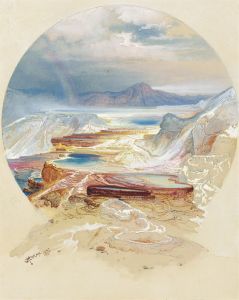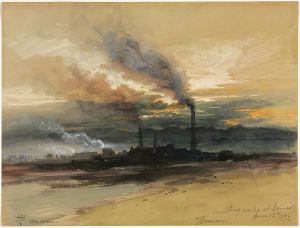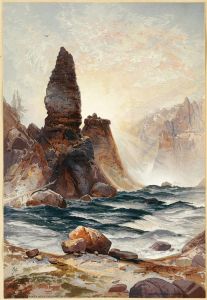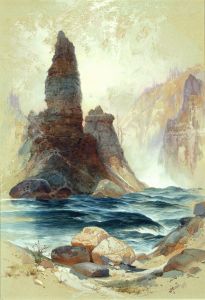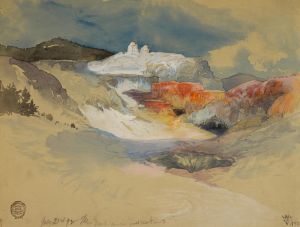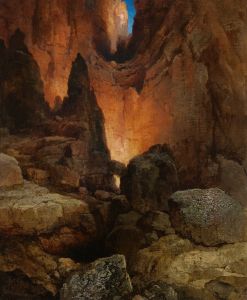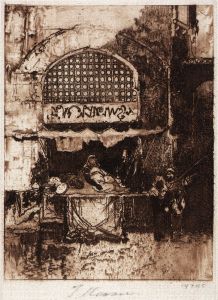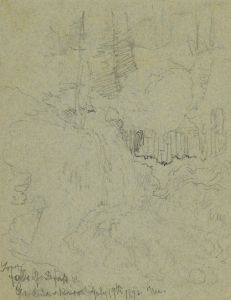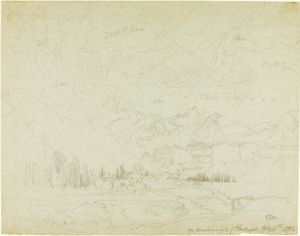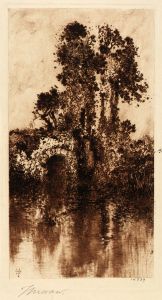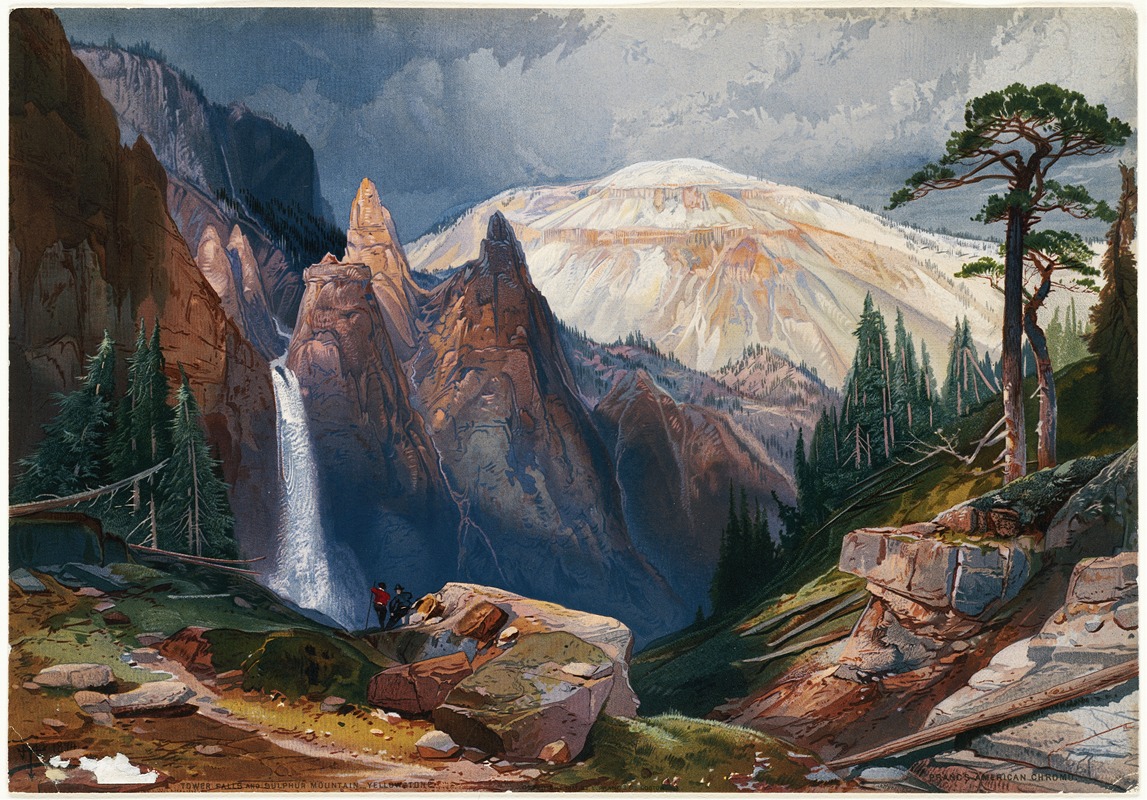
Tower Falls and Sulphur Mountain, Yellowstone
A hand-painted replica of Thomas Moran’s masterpiece Tower Falls and Sulphur Mountain, Yellowstone, meticulously crafted by professional artists to capture the true essence of the original. Each piece is created with museum-quality canvas and rare mineral pigments, carefully painted by experienced artists with delicate brushstrokes and rich, layered colors to perfectly recreate the texture of the original artwork. Unlike machine-printed reproductions, this hand-painted version brings the painting to life, infused with the artist’s emotions and skill in every stroke. Whether for personal collection or home decoration, it instantly elevates the artistic atmosphere of any space.
"Tower Falls and Sulphur Mountain, Yellowstone" is a painting created by the American artist Thomas Moran in 1871. Moran, a prominent figure in the Hudson River School and Rocky Mountain School of painting, is renowned for his dramatic and detailed depictions of the American West. This particular work is one of his many pieces inspired by the Yellowstone region, which he visited as part of the Hayden Geological Survey of 1871.
The painting portrays Tower Fall, a striking 132-foot waterfall located in the northeastern section of what is now Yellowstone National Park, in Wyoming. The waterfall is framed by rugged cliffs and the distinctive spire-like rock formations that give the feature its name. Sulphur Mountain, another geological feature in the Yellowstone area, is also depicted in the background, adding depth and grandeur to the composition. Moran's use of light, color, and meticulous detail captures the sublime beauty and dramatic landscapes of the region.
Thomas Moran’s participation in the Hayden Geological Survey was pivotal in shaping public and governmental perceptions of Yellowstone. His sketches and paintings, including "Tower Falls and Sulphur Mountain, Yellowstone," were instrumental in convincing Congress to establish Yellowstone as the first national park in the United States in 1872. Moran’s artistic contributions, alongside the photographs of William Henry Jackson, provided visual evidence of the area's unique and awe-inspiring landscapes, which were previously unknown to much of the American public.
The painting exemplifies Moran's ability to blend realism with romanticism, emphasizing both the geological accuracy of the scene and its emotional impact. His work often highlighted the interplay of light and shadow, as well as the vibrant colors of the natural environment, which were hallmarks of his style. "Tower Falls and Sulphur Mountain, Yellowstone" is a testament to Moran's skill in capturing the majesty of the American wilderness.
Today, Thomas Moran's works, including this painting, are celebrated for their historical and artistic significance. They not only document the landscapes of the 19th-century American West but also played a crucial role in the conservation movement and the establishment of national parks. The painting is part of Moran's broader legacy as one of the foremost artists of the American landscape.






